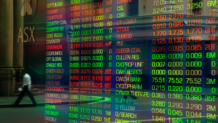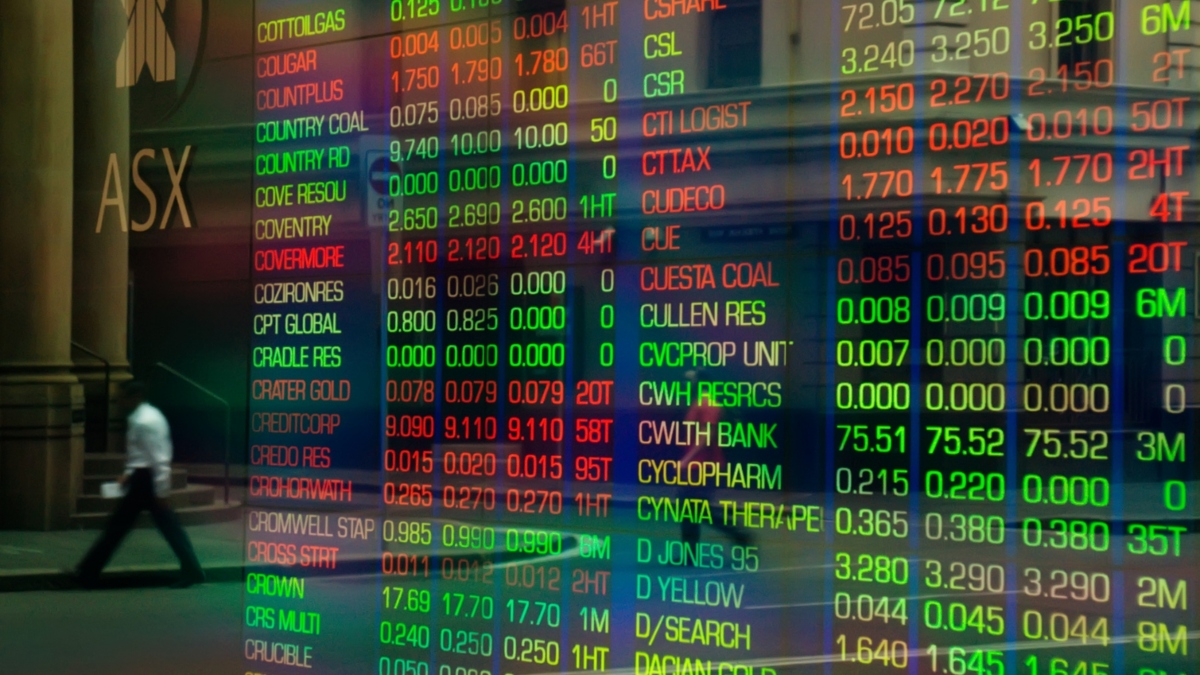The famous Baltic Dry finds its place in the post-pandemic world
It sounds like an imported craft beer, or an extreme weather event, but the Baltic Dry Index is an important tool for investors – despite its non-investment day job.
The index is a product of the London-based Baltic Exchange. With roots dating back to 1744, the Baltic Exchange is a membership organisation for the maritime industry, and operates a market for shipbrokers, ship-owners and charterers. The exchange provides daily freight market prices and shipping-cost indices that measure the cost of shipping goods worldwide, which is why it’s reported around the world as a general shipping market bellwether.
And in that role, it is watched closely by many investors, because the global shipping market is viewed as a direct indicator – and predictor – of the health of the global economy and, it follows, global stock markets.
When the Baltic Dry Index starts to rise, goes the theory, global economies are starting to, or continuing to, grow; commodity prices should be starting to, or continuing to, rise; and share prices should start to, or continue to, move higher. With, of course, the same implications in reverse.
But does the esoteric legend of the Baltic Dry match the reality?
One investor who follows the index is Monik Kotecha, chief investment officer at Sydney-based active global equity manager Insync Funds Management – a nod to his pre-funds-management academic career, which includes a master’s degree in shipping trade and finance from City University of London.
“The BDI has been notably useful in identifying major global shifts, such as the 2008 financial crisis, when it dropped significantly before the full-blown crisis hit,” he tells The Inside Adviser. “However, it has also shown false positives, such as in 2016 when it hit historical lows without leading to a major economic downturn. While it’s valuable, the BDI should be used in conjunction with other indicators for a comprehensive macroeconomic view.”
Kotecha keeps an eye on the BDI as a reflection of global economic activity, and indicator of where commodity prices might be heading.
“By providing information on the demand for shipping capacity, the BDI can provide an early indication of potential changes in commodity prices, and it can indicate potential disruptions in global supply chains,” he says.
But it isn’t always a reliable indicator, Kotecha cautions. “The BDI can be volatile, with sudden jumps or drops based on short-term changes in supply or demand for shipping capacity. These short-term fluctuations may not necessarily reflect long-term trends in global economic activity. The BDI predominantly reflects the shipping costs of raw materials, not finished goods. Therefore, it offers less insight into consumer demand.”
Anecdotally, the BDI’s fame as a super-indicator has been jolted by factors such as the curtailment of Brazilian iron ore production (and thus, exports) after tailings-dam disasters; a shipbuilding boom in China (between 2010 and 2013, China doubled its shipyard capacity, producing so many ships that the world’s cargo fleet doubled in number); and the increasing strength of the US dollar since 2021, as investors sought a safe haven.
In particular, as the dollar has strengthened since 2021, the BDI has gone into reverse.
“While there is some correlation between the $US and the BDI, they are influenced by a broad array of factors and their correlation can change based on global economic conditions,” Kotecha says. “Our view is that BDI weakness more reflects a weakening global economy than just because of the strong US dollar.”
The fame of the BDI still attracts investors wanting to trade it. While the Baltic Exchange does not license its product out for derivatives or exchange-traded funds (ETFs) to be created over it, some contracts for difference (CFDs) providers in the northern hemisphere have offered cash-settled CFDs based on the BDI for trading and speculation.
In particular, the burgeoning ETF industry increasingly wants to offer investors all sorts of arcane exposures, and shipping is one of them. On Wall Street, shipping indices (and futures contracts over them), forward freight agreements (FFAs) and baskets of shipping stocks have also been used as the underlying assets for ETFs, such as:
- US Global Sea to Sky Cargo ETF (SEA)
- SonicShares Global Shipping ETF (BOAT)
- ETF Managers Group Breakwave Dry Bulk Shipping ETF (BDRY)
- ETF Managers Group Breakwave Tanker Shipping ETF (BWET)
Christian Roeloffs, co-founder and CEO of Hamburg-based Container xChange, an online container logistics platform that enables companies to trade, lease or manage shipping containers, cautions against “interpreting too much into freight rate indices” in terms of investment indicators.
“This is because you have both a supply and a demand side impacting the market price almost real-time. The market volatility is something that impacts all the measurements as it increases every time there is a crisis. In the last three years we witnessed the pandemic, the war (in Ukraine) and now the recession, but even beyond this, there were innumerable disruptions that threw all the planning and forecasting out the window.”
If you look closely at what happened to freight rates during the pandemic, Roeloffs says, it was mostly driven by congestion and reduction in effective capacity in the market, and therefore was “not so much a strong indicator” for future economic growth.
“But, of course, these indices offer a great deal of visibility into what’s happening on-ground and how the market is expected to develop in the short term,” Roeloffs says. “The interpretations might vary, but what needs to be kept in mind is the limitations of these indices to directly or indirectly indicate economic implications.”











